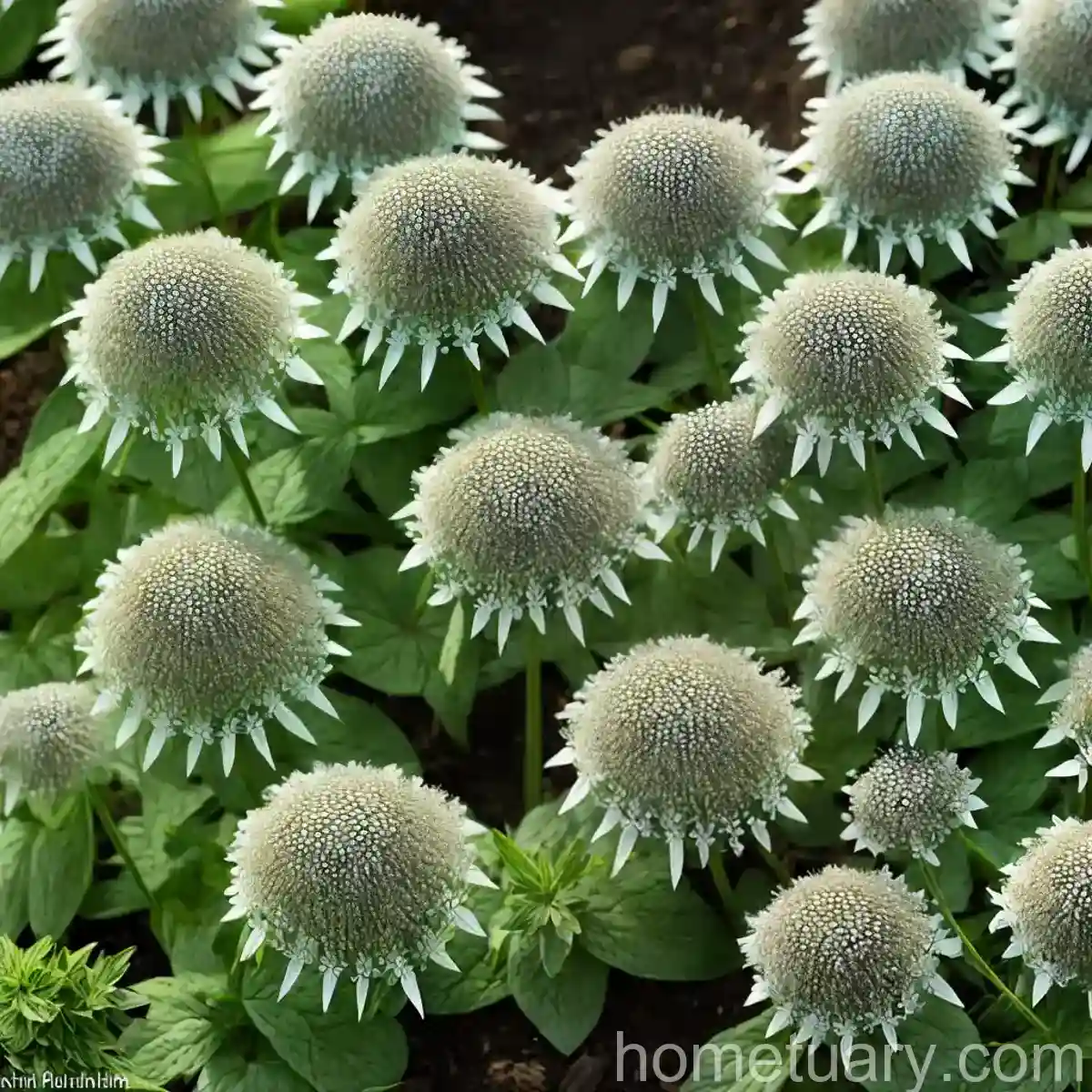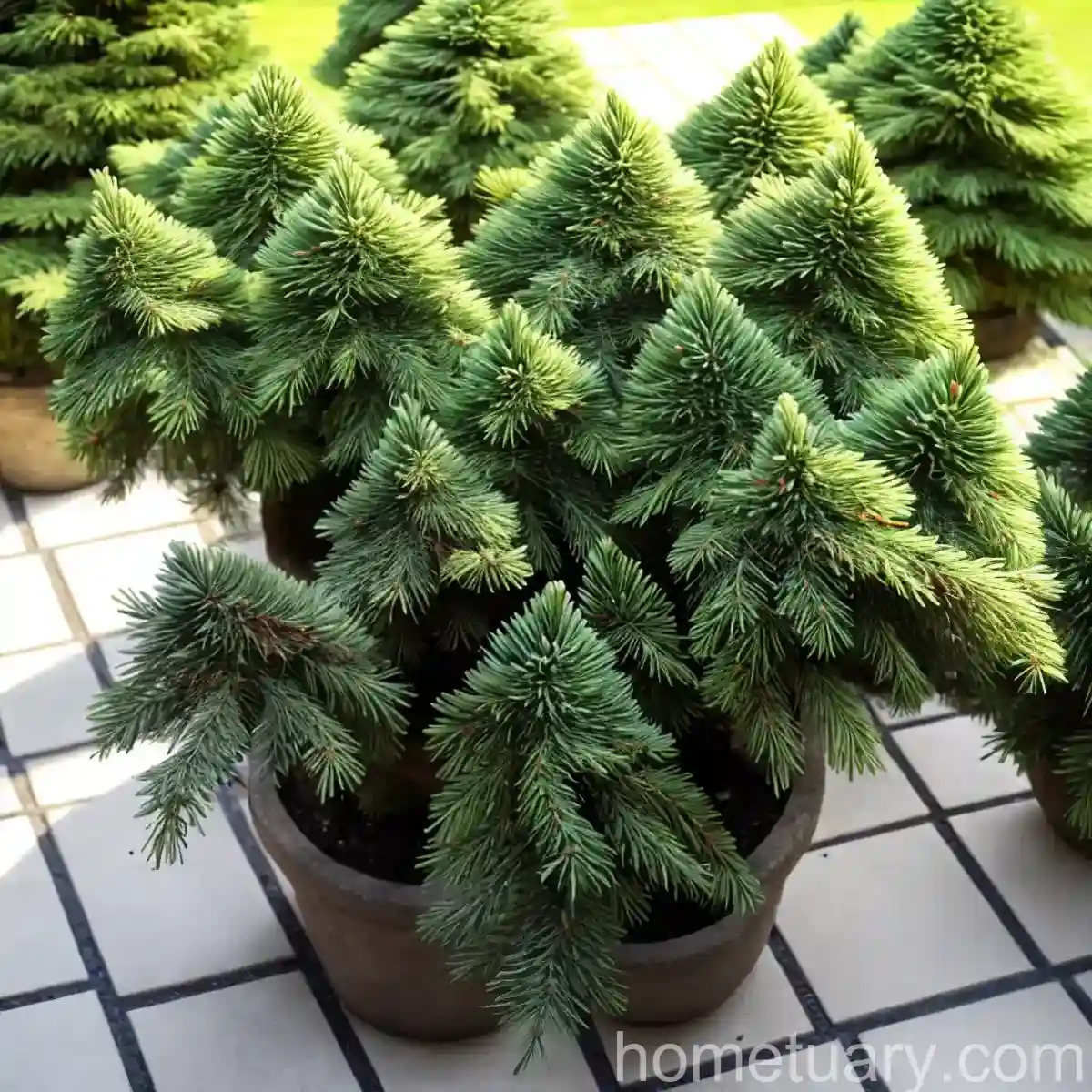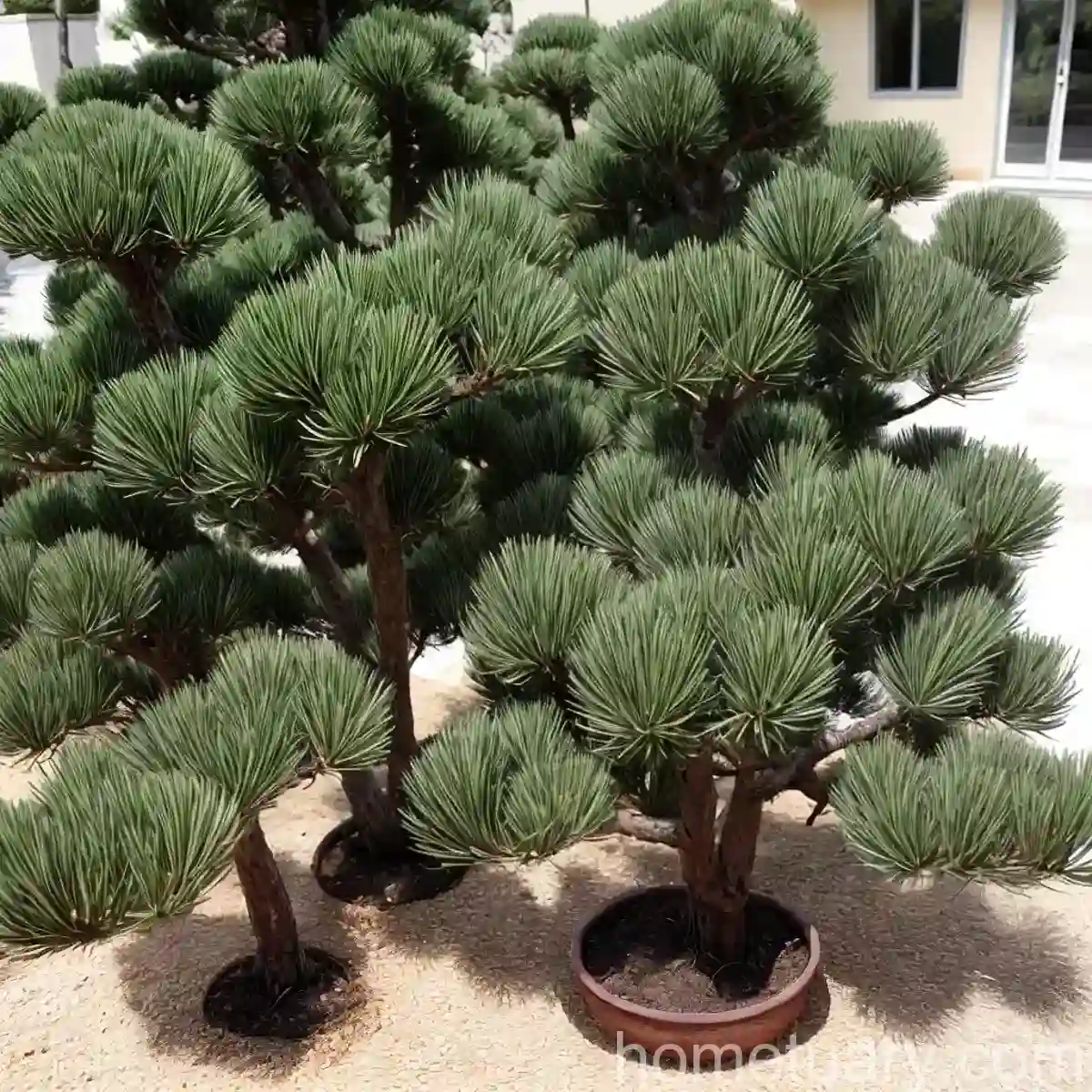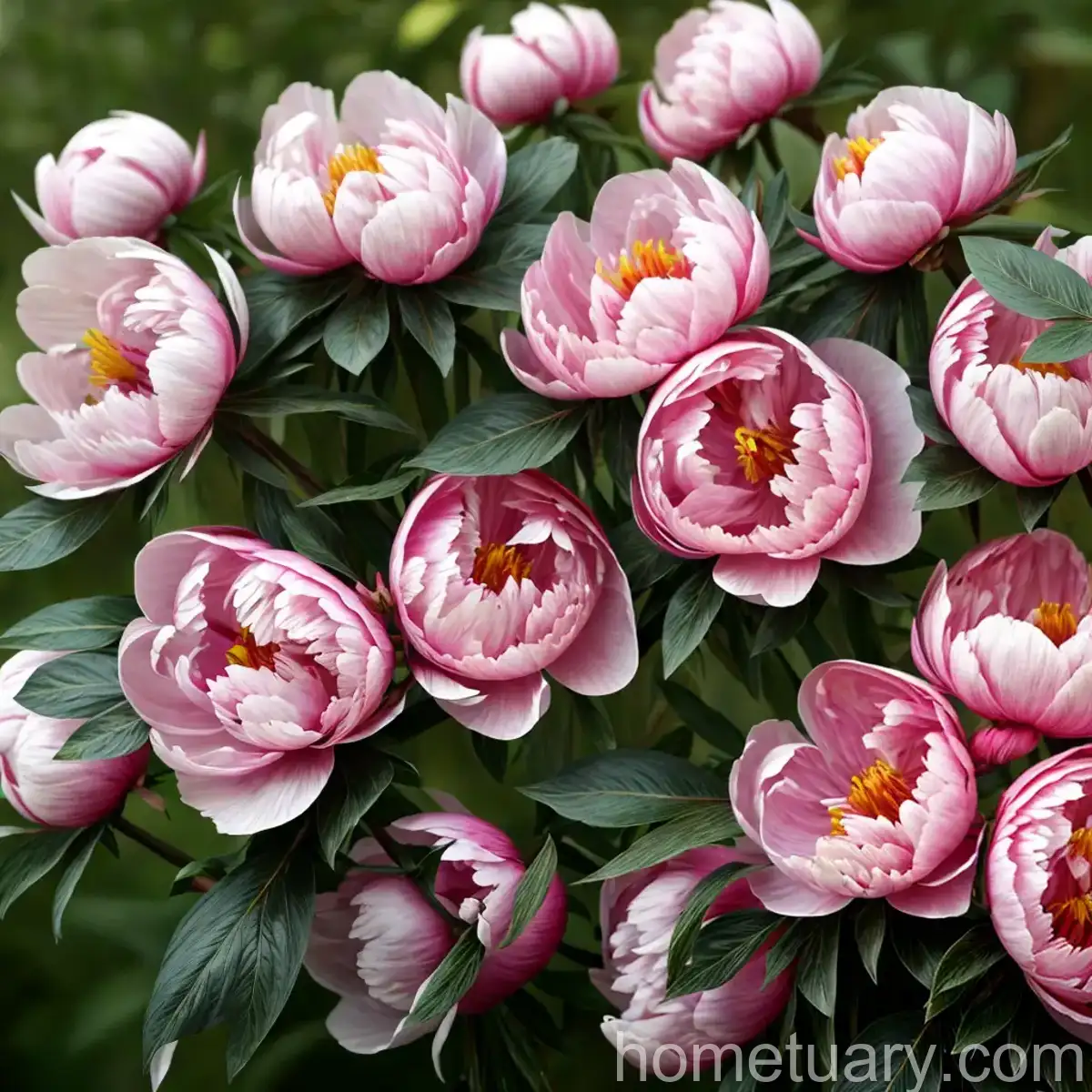Garden Phlox (Phlox paniculata ‘Prince of Orange’): A Comprehensive Guide
Garden phlox (Phlox paniculata), also known as ‘Prince of Orange,’ is a popular perennial plant prized for its beautiful clusters of vibrant flowers and its ease of cultivation. This stunning plant adds a burst of color to gardens and landscapes, making it a favorite among gardeners and landscaping enthusiasts.
In this comprehensive guide, we will explore all aspects of the garden phlox (Phlox paniculata ‘Prince of Orange’), including its cultural needs, uses, maintenance, and common issues. By the end of this guide, you will have a deep understanding of how to care for this striking plant and harness its full potential in your garden or landscape.

What is Garden Phlox (Phlox paniculata ‘Prince of Orange’)
Garden phlox (Phlox paniculata) is a herbaceous perennial plant that belongs to the Polemoniaceae family. It is native to North America and is renowned for its elegant, showy flower clusters that bloom during the summer months. The ‘Prince of Orange’ variety is particularly prized for its striking orange flowers, adding a warm and vibrant touch to any garden or landscape.
Key Takeaways – Garden Phlox (Phlox paniculata ‘Prince of Orange’)
Before diving into the specifics of garden phlox (Phlox paniculata ‘Prince of Orange’), let’s take a moment to highlight the key points that we will cover in this guide:
- Phlox Paniculata Cultivars
- Garden Phlox Varieties
- Prince of Orange Phlox
- Phlox Paniculata ‘Prince of Orange’ Care
- Growing Garden Phlox
- Tips for Planting Phlox paniculata
- Best Soil for Garden Phlox
- Sunlight Requirements for Phlox paniculata
- Watering Needs of Garden Phlox
- Fertilizing Phlox paniculata
- Disease Resistance of Prince of Orange Phlox
- Common Pests that Affect Garden Phlox
- Pruning Techniques for Phlox paniculata ‘Prince of Orange’
- Propagation Methods for Garden Phlox
- Companion Plants for Phlox paniculata
- Attracting Pollinators to Prince of Orange Phlox
- Seasonal Care for Garden Phlox
- Overwintering Phlox paniculata ‘Prince of Orange’
- Container Gardening with Garden Phlox
- Landscaping Ideas with Phlox paniculata
- Benefits of Planting Prince of Orange Phlox
- Drought Tolerance of Garden Phlox
- Cold Hardiness of Phlox paniculata ‘Prince of Orange’
- Fragrant Flowers of Garden Phlox
- Color Variations in Phlox paniculata
- Cut Flowers from Prince of Orange Phlox
- Wildlife-Friendly Garden with Garden Phlox
- Succession Planting with Phlox paniculata ‘Prince of Orange’
- Edging Borders with Garden Phlox
- Vertical Gardening with Phlox paniculata
- Native Habitats of Prince of Orange Phlox
- Tips for Dividing Garden Phlox
- Establishing Phlox paniculata ‘Prince of Orange’ in a New Garden
- Pest Control for Garden Phlox
- Moonlight Gardens with Phlox paniculata
- Lush Foliage of Prince of Orange Phlox
- Benefits of Companion Planting with Garden Phlox
- Naturalized Areas with Phlox paniculata ‘Prince of Orange’
- Seasonal Pruning of Garden Phlox
- Erosion Control Using Phlox paniculata
- Hardy Perennial Garden with Prince of Orange Phlox
- Organic Gardening with Garden Phlox
- Extended Bloom Period of Phlox paniculata ‘Prince of Orange’
- Hummingbird-Attracting Plants with Garden Phlox
- Low-Maintenance Phlox paniculata ‘Prince of Orange’ Care
- Thriving in Hot Climates: Garden Phlox
- Cottage Gardens with Phlox paniculata
- Soil Amendment for Prince of Orange Phlox
- Attractive Foliage of Garden Phlox
- Common Diseases in Phlox paniculata ‘Prince of Orange’
Now, let’s delve into the details of cultivating and caring for this exceptional plant.
Culture
Cultivating garden phlox (Phlox paniculata ‘Prince of Orange’) involves understanding its cultural requirements to ensure its optimal growth and health. From soil and sunlight needs to watering and fertilizing, each aspect plays a vital role in nurturing this plant.
Uses
- Gardens: Garden phlox is commonly used in traditional flower gardens, borders, and cottage gardens, where its colorful flowers add a vibrant touch to the landscape.
- Landscaping: It is often incorporated into landscape design to add height and visual interest to flower beds and perennial borders.
- Cut Flowers: The attractive blooms of garden phlox make excellent cut flowers, bringing their beauty indoors.
- Wildlife Gardens: Due to its attractiveness to pollinators such as butterflies and bees, garden phlox is a great addition to wildlife-friendly gardens.
Water
Proper watering is crucial for the health and vigor of garden phlox. This plant prefers consistently moist soil, especially during the hot summer months. However, it is important to avoid overwatering, as excessive moisture can lead to root rot and other issues.
Sunlight
Garden phlox thrives in full sun to partial shade. While it can tolerate some shade, it tends to produce the best blooms when provided with at least 6 hours of direct sunlight per day.
Fertilizer
Regular fertilization is essential for promoting healthy growth and abundant flowering in garden phlox. Use a balanced, slow-release fertilizer in early spring when new growth emerges, and then again after the first bloom cycle to support continuous flowering.
Soil
Garden phlox thrives in well-draining, fertile soil with a slightly acidic to neutral pH (6.0 to 7.0). Amending the soil with organic matter, such as compost, can improve its texture and fertility, providing an ideal growing medium for this plant.
Pruning
Pruning garden phlox is an important maintenance task that helps promote a bushy, compact growth habit and encourages the production of new flower buds. In early spring, remove any dead or damaged stems and spent flower heads. Additionally, cutting back the stems by one-third in mid-summer can stimulate a second round of blooms later in the season.
Propagation
Garden phlox can be propagated through division or from stem cuttings. Division is typically done in early spring before new growth appears, while stem cuttings are best taken in late spring or early summer. Both methods can yield new plants with the same characteristics as the parent plant.
Container Popularity
Garden phlox, including the ‘Prince of Orange’ variety, is often grown in containers, allowing individuals with limited garden space to enjoy its stunning blooms on patios, balconies, or other outdoor areas. When growing garden phlox in containers, ensure that the pot has adequate drainage and use a high-quality potting mix for optimal results.
Common Diseases
Garden phlox is generally a resilient plant, but it is susceptible to certain diseases that can impact its growth and overall health. Some common diseases that gardeners might encounter when growing ‘Prince of Orange’ phlox include powdery mildew, leaf spot, and rust. These diseases can present as foliar blemishes, affecting the plant’s appearance and vigor.
Disease Diagnosis
When diagnosing diseases in garden phlox, it is important to monitor the plant for any signs of discoloration, spots, or abnormal growth. Conducting a thorough inspection of the foliage and stems can help identify the specific disease affecting the plant, allowing for appropriate treatment measures to be implemented.
Common Pests
While garden phlox is relatively resistant to pest infestations, it can sometimes fall victim to certain insects that feed on its foliage and flowers. Common pests that can affect ‘Prince of Orange’ phlox include spider mites, aphids, and caterpillars. Vigilance and prompt intervention are crucial for managing pest issues and preserving the plant’s health.
Botanist’s Tips
As a plant scientist, I have some valuable tips for successfully growing and caring for garden phlox (Phlox paniculata ‘Prince of Orange’). These tips can help enthusiasts harness the full potential of this remarkable plant and create thriving, visually stunning displays in their gardens and landscapes.
- Soil Amendment: Incorporate organic matter, such as compost or well-rotted manure, into the soil when planting garden phlox to provide essential nutrients and improve soil structure.
- Regular Deadheading: Removing spent blooms encourages continuous flowering and prevents the plant from expending energy on seed production, promoting a longer blooming period.
- Mulching: Apply a layer of organic mulch, such as shredded bark or compost, around the base of the plant to conserve moisture, suppress weed growth, and moderate soil temperatures.
- Pruning Considerations: When pruning garden phlox, avoid cutting the stems too close to the ground, as this can impede regrowth. Additionally, use clean, sharp pruners to prevent the spread of diseases.
- Monitoring for Pests and Diseases: Regularly inspect the foliage and stems of garden phlox for signs of pest activity and disease symptoms, addressing any issues promptly to prevent escalation.
Fun Facts
To deepen our appreciation for garden phlox (Phlox paniculata ‘Prince of Orange’), here are some delightful and intriguing facts about this captivating plant:
- Attracts Pollinators: The vibrant blooms of ‘Prince of Orange’ phlox serve as a magnet for butterflies, hummingbirds, and other pollinators, contributing to the biodiversity and beauty of the garden.
- Fragrant Flowers: Some varieties of garden phlox, including ‘Prince of Orange,’ boast delightfully fragrant flowers, adding an olfactory dimension to their allure.
- Long Blooming Period: With proper care, garden phlox can extend its blooming period well into the summer, providing a continuous spectacle of colorful flowers.
- Native Habitat: Garden phlox (Phlox paniculata) is indigenous to woodlands and meadows in eastern and central North America, where it thrives in open, sunny areas with rich, moist soil.
Links to External Resources
For further exploration of garden phlox (Phlox paniculata ‘Prince of Orange’), here are some valuable resources for plant enthusiasts:
- The Spruce – How to Grow and Care for Phlox
- Missouri Botanical Garden – Phlox paniculata
- Royal Horticultural Society – Phlox paniculata ‘Prince of Orange’
- University of Minnesota Extension – Garden Phlox
In conclusion, garden phlox (Phlox paniculata ‘Prince of Orange’) is an exceptional plant that brings a wealth of beauty and charm to gardens and landscapes. By understanding its cultural requirements, uses, maintenance, and potential issues, enthusiasts can cultivate this spectacular plant with confidence, creating captivating displays of vivid blooms and attracting a diverse array of pollinators. Whether grown in traditional gardens, containers, or integrated into landscape designs, ‘Prince of Orange’ phlox is sure to captivate the hearts of plant lovers and enrich outdoor spaces with its radiant presence.















